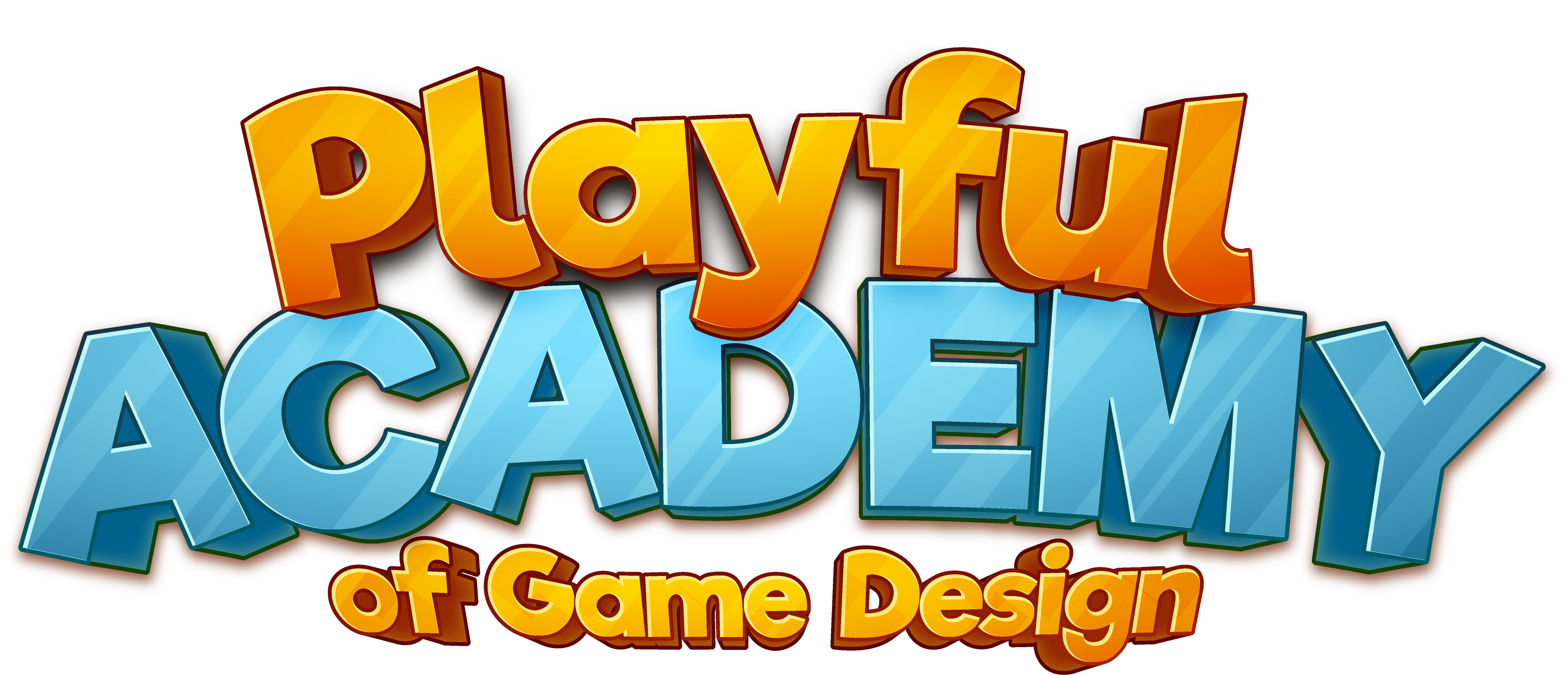

Categories
Games Use Chance and Strategy
Learning Objectives
- Lesson objectives
- Understand different game mechanics
- Distinguish between chance and strategy
- Discuss how chance and strategy influence how fun a game is
- Socioemotional learning objectives
- Planful
- Creative
- Welcoming
Materials
- Giant sticky note
- Planes, Trains, and Candymobiles game
- Board game templates
Instructions
- Chance
- Gather campers together and remind them about the definition of games. Note that all games require some strategy, but some rely more on chance compared to strategy. As planful gamers, we think about our strategy to figure out how to win the game.
- Describe chance as how likely you are to achieve a certain outcome. Use the spinner from Planes, Trains, and Candymobiles and ask how likely it is to be able to move by plane (1 in 3).
- Application
- Play Planes, Trains, and Candymobiles by having each player spin the spinner and moving that number of places
- The player who reaches Candy Mountain first wins
- During the game, ask campers to describe the rules and procedures, and ask what modifications they would make to the game.
- Ask campers how the game would be different if they could move using strategy instead of chance.
- Comparing
- Ask how fun each version of the game was
- On the sticky note, list games that use a lot of chance and games that use a lot of strategy
- Mark students’ names by the games they like to play. Different people like different kinds of games, and we can be welcoming gamers by asking what they like about those games.
- Discuss the role of chance and strategy in making a game fun/interesting
- Chance makes a game easier but may be less fun for experienced or older players
- Strategy can vary from easy to complex
- Different kinds of people prefer different kinds of games
- As planful game designers, we design our games to balance chance and strategy in a way that helps our players have the most fun.
- Ask campers to design their own version of Planes, Trains, and Candymobiles using the templates. Have them write the rules and procedures on a sheet of paper. Be creative in your design.
